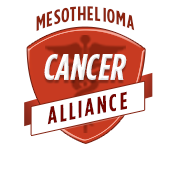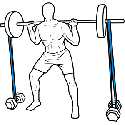By David Haas
Over the next 3 weeks, we’ll cover nutrition tips for nausea, bruising and hair loss. Today, we’ll talk about nausea and how you can prevent it.
The treatments that often follow a cancer diagnosis can be just as intimidating as the diagnosis itself. Chemotherapy and radiation, commonly used in the fight against cancer, often have harsh side effects that interfere with everyday life. When used properly, a nutritious diet can help minimize the impact of these side effects. Sit up Straight!It will help ward off nausea
Sit up Straight!It will help ward off nausea
Chemotherapy dehydrates the body, which often leads to vomiting. The remedy for this disturbing reaction lies in the way you consume your meals. Instead of eating a couple of large meals a day, focus on eating several small meals. Although you may feel famished, take the time to chew your food slowly. While eating, it may also benefit you to sit upright, which will help ward off nausea. After eating, rest for a bit to give your food time to settle. In an effort to avoid nausea-induced vomiting, stay away from foods with strong smells and odors. These simple steps will help you keep your food down, which will allow your body to retain the nutrients it needs.
While a nutritious diet may not cure cancer, it certainly goes a long way to ease some of the troublesome side effects commonly associated with treatment. Even though the possible reactions can be tough, you can manage them with an appropriate diet.
Join me next week when I'll cover bruise, bleeding and sore prevention.
About the Author:

Joining the MCA in 2011, David Haas is the Director of Awareness Programs. In addition to researching much of the information available to our site’s visitors, David often blogs about programs available and campaigns underway at the Mesothelioma Cancer Alliance. David is a fitness enthusiast who frequently runs, climbs, and bikes for enjoyment. He is also very involved in outreach associated with awareness about the dangers of asbestos for many different organizations and groups of people.
Read more: http://www.mesothelioma.com/blog/authors/david/bio.htm#ixzz2PVMlj2OR



